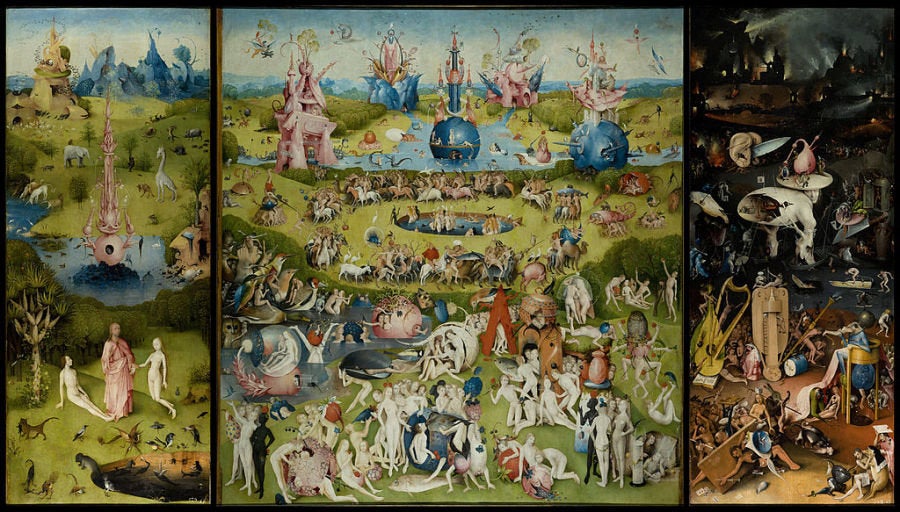
Great and not at all scary news, art world: A recent study published in the Personality and Individual Differences journal concluded that you may want to be wary of the artists, actors, and musicians in your life, seeing as they often share certain neuropsychological features with individuals exhibiting "psychopathic traits."
More specifically, the study, conducted by psychologists at De La Salle University in Manila, Philippines, and led by Adrianne John Galang, found that creative individuals often exhibit higher levels of emotional disinhibition, as well as dishonesty and risk-taking. Luckily, however, the antisocial traits associated with psychopathic tendencies, such as cruelty, were not deemed essential to a creative personality.
Galang led three studies to determine the relationship between creativity and psychopathic tendencies. First, she crafted an online questionnaire for 503 participants designed to target any indications of narcissism, duplicity and psychopathy. The second study looked for signs of boldness, meanness, and disinhibition in 250 college students.
Finally, the third study enlisted 93 students to partake in a series of gambling and divergent-thinking tasks while researchers measured the electric conductance of their skin. The results revealed that the most creative participants exhibited the least signs of excitement during gambling exercises, thereby suggesting emotional disinhibition.
The results determined that creative individuals displayed more signs of psychopathic traits, specifically boldness. On the heels of a recent study that claimed narcissists make better artists, Galang's study suggests not that artists develop psychopathic tendencies over time, but that traits like audacity and shrewdness are crucial to the immense challenge of creating innovative and challenging art.
As researchers explained in the Personality and Individual Differences journal: "We argue that emotional disinhibition, in the form of psychopathic boldness, is actually integral to some creative personalities and functionally related to the creative process."
They continue, "Generally then, a creative field might not just shape a person into a more arrogant or dishonest personality, it might be actively selecting them, not for the sake of having disagreeable traits, but because such traits meaningfully co-vary with creativity itself."
When you think about the immense risk involved in getting up on stage, spilling your guts on a canvas, or throwing yourself into a role, it's no huge surprise that an unusual degree of courage and confidence are required. As Allen Ginsberg allegedly put it: "Follow your inner moonlight; don't hide the madness."
And as for the dishonesty, Galang associated traits of treachery with the mythical figure of the Trickster, a trope straddling good and evil whose cleverness leads to unique problem-solving techniques. While such figures, in folklore, popular culture and life, are not inherently good or bad, their amoral craftiness can be harnessed for forces of positive creativity.
The study hopes to guide future individuals exhibiting the traits common in both artists and psychopaths to channel their energy and natural compulsions into resourcefulness and innovation, as opposed to duplicity and vice. "It could turn out that the price of human discovery, whether we like it or not, is to give the Trickster more credit."
So, there you have it. Your artist friend who is contemplating getting naked and painting her body with avocado insides has a little healthy psycho in her after all.

